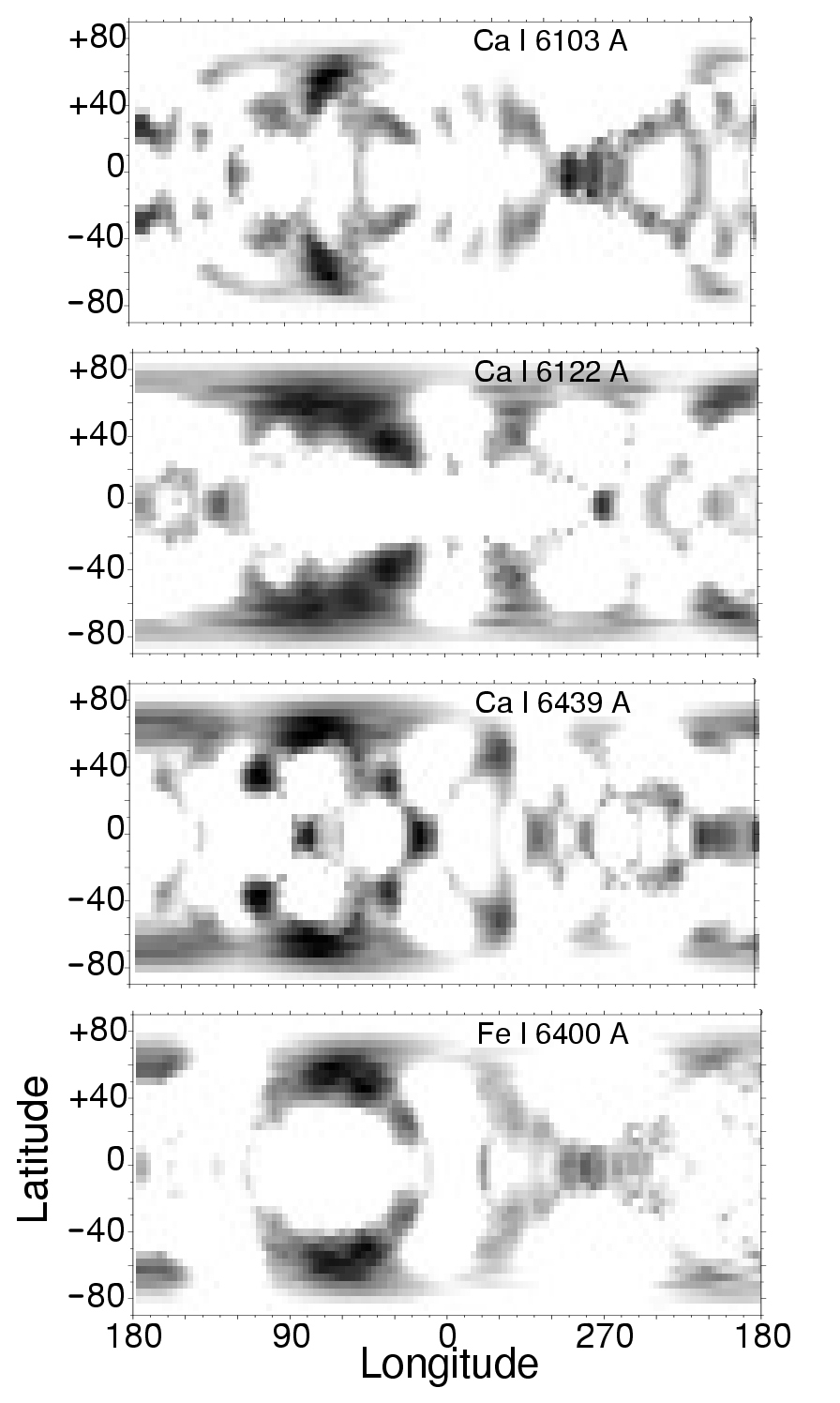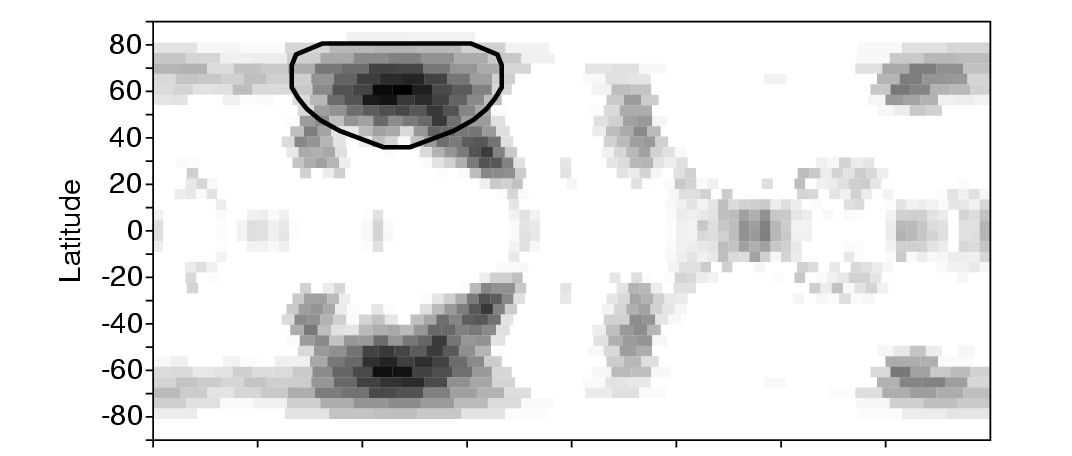László Patkós
Konkoly Observatory
The study of active binary stars at the Konkoly Observatory started in the early 1970's. The director of the observatory László Detre and my
chief Béla Szeidl proposed me to deal with binary stars.
At that time it was possible to get one week observational time at the Piszkéstetö Mountain Station each month. This possibility could be best used for stars with assumed characteristic light-curve changes on time scales of months. For variable star research we had the 50 cm Cassegrain telescope equipped with the photoelectric photometer designed and built by Géza Virághalmy. I prepared a list of eclipsing binaries with possible period and light-curve changes. This list contained more than a hundred items. In one week observational time - according to the given weather conditions - about three clear nights were expected. This means, that to get a complete light curve, the ideal orbital period of the target binary had to be near 0.5 days. For the optimal use of the one week per month observational possibility the whole year over, stars with high declination were preferred. Further point of view was that the target star should not be too bright, nor too faint for the given telescope-photometer combination.
The binary system SV Camelopardalis was on top of my list with nearly 10 mag brightness, 0.6 day orbital period, 82o declination and with suspected irregular period and light-curve changes on month's time scales. SV Camelopardalis is one of the closest systems of the short period group of RS CVn binaries. Basic data of the system are:
SV Cam proved to be a good choice. The system has been monitored at the
Konkoly Observatory for more than 30 years, and the system did show interesting features like migration waves, optical flare events, moving dark and bright spots on the stellar surfaces. According to our measurements, the presence of a third component is also possible in the system.
Due to the close monitoring of the system it turned out that the reported
``irregular light-curve changes'' were not irregular. It turned out that there exists a distortion wave, rapidly moving with advancing phase. Former studies could not find this, as the observations were not frequent enough, and because the distortion wave was not always present in the system.
The distortion wave is caused by dark spots on the surface of the brighter
component of the binary star. In a close binary system - like SV Cam - the
stellar rotation is synchronized to the orbital period. But differential
rotation is also present. As there exists a co-rotational latitude, the forming distortion wave will move according to or against phase, depending on whether the spots are at higher or lower latitude than the co-rotational latitude. In the case represented in Figs. 1 and 2 the distortion wave moved with growing orbital phase. This means, that the centrum of the spots which caused the wave was below the co-rotational latitude, consequently, the spots that caused the distortion were near the equator.
The amplitude of the observed waves sometimes exceeded 0.1 mag. (According to my observations migration waves in the system SV Cam do not always move as fast as in this example, and in the same direction either.)
Monitoring the system SV Cam - for the first time - optical flare events were measured in an RS CVn system. Optical flare events are very rare in RS CVn systems. Another example is the one observed by Zeilik et al. (1983) in the system XY UMa, which also belongs to the short period group of RS CVn systems.
I observed another optical flare event in the system SV Cam, but the three most pronounced events were observed in a single night at J.D. 2444582 during the whole - more than 30 years long - observational period (Fig. 3). This means, that the system was in an extraordinary enhanced activity phase around J.D. 2444582. The observed flare curves seem to be less asymmetric than usual, although the first one (near phase 0.6) was obviously the superposition of several different flares.
Bight spots on the primary component
As the migrating distortion wave was caused by dark spots on the stellar surface, all the observational points had to be below the
reference curve which represents the totally unspotted case.
At J.D. 2442405 there were no spots on the stellar surface, measured light curve data fitted the reference curve. At J.D. 2442432 (one month later) the measured points still fitted the reference curve, but after another month points in the phase interval 0.2-0.7 were significantly higher. This means that the system suffered an exceptional brightening. This peculiar brightening was confirmed by the light curve observed five days later (at J.D. 2442466, Fig. 4).
After another two months (at J.D. 2442523) some residual brightening
was still visible near the phase 0.5. The spot that might caused the
brightening significantly diminished. In the light curve obtained four
months later (at J.D. 2442634) we can see the start of a new distortion wave.
We analyzed the unusual brightening of SV Cam. A temporarily existing bright spot was supposed which appeared on the primary star of the binary system. A location near the stellar equator and the spot radius were derived. According to the analysis, the temperature difference between the spot and its surroundings was up to 110 K.
The existence of the spot might be related to an observed change of the
orbital period. The suspected period change is depicted in Fig. 5.
Assuming that the observed phenomena were caused by an episodic mass transfer
from the secondary to the primary component - the direction of the period change (period increase) is adequate. However, according to our own (Patkós & Hempelmann 1994) and other (e.g. Özeren et al., 2001; Albayrak et al., 2001; Kjurkchieva et al., 2002) investigations the Roche lobe of the secondary component of SV Cam was not completely filled.
Since 1973 the appearance of the bright hot spot on SV Cam around J.D. 2442461 was a particular event. But there are some other indications that bright spots do exist on the surface of the primary component. My observations indicate another (significantly less bright) spot (Fig 6.)
at around J.D. 2441963-J.D. 2442019.
During the primary minima of SV Cam, the smaller, darker secondary
component is moving in front of the larger and brighter primary. In
that case a small part of the primary surface dominates the system's
brightness. In contrast to this reduced brightness relatively smaller
spots can be noticed. This was the case in the interval J.D. 2441963-2441984. At J.D. 2441963 a bright spot appeared near the edge of the visible part of the primary surface. This spot was present during the whole transit. The bottom of the primary minimum was therefore a bit brighter. Some days later (J.D. 2441981, 2441982, 2441984) the spot moved towards the central meridian. As result there was an abrupt step at the bottom of the primary minima when the dark secondary disk eclipsed the spot. Some days later the small bright spot moved further towards the central meridian and the bottom brightness of the system slid back to its original level.
In conclusion, bright spots do exist on the surface of the primary component of SV Cam, but they are not always bright enough to measure them against the whole stellar disk.
The typical light curve of SV Cam is the one with the migrating distortion wave. It is a normal eclipsing light curve, but the measured points - in some phase interval - are below the usual brightness level because of the dark spots somewhere on the stellar surface. With the help of different spot solution methods (e.g. Wilson-Devinney code) it is possible to determine the parameters of the dark spots on the stellar surface. Then subtracting the effects of the dark spots we can get the unspotted eclipsing light curve suitable for the determination of the system parameters.
In the case of SV Cam - due to the data from the 33 years long monitoring -
it was possible to choose a light curve (Fig. 7) which was almost completely
free of maculation. (Stellar activity was at minimum or at least near to minimum). With the help of this light curve we could determine system parameters with a sufficient precision.
An important question in RS CVn studies is whether photospherically observed spots correlate with observed phenomena at other layers of the stellar atmosphere. To study spatial connections to other atmospheric layers we needed additional spectroscopic (Doppler imaging) and X-ray observations. As a result we could establish clear spatial correlations between the photosphere and corona.
We organized simultaneous X-ray, spectroscopic and optical observations of SV Cam. An international team was formed to establish spatial connections between photosphere and corona. Members of the group were A. Hempelmann (Astrophysikalisches Institut Potsdam, Germany), A.P. Hatzes (McDonald Observatory, The University of Texas at Austin, U.S.A.), M. Kürster (Max-Planck-Institut für Extraterrestrische Physik, Garching, Germany),
and L. Patkós (Konkoly Observatory of the Hungarian Academy of Sciences,
Hungary).
We observed SV Cam photometrically between J.D. 2449254-J.D. 2449257 with the 50 cm telescope at Piszkéstetö Mountain station of Konkoly Observatory. A second complete light curve was observed with the same instrument at J.D. 2449310-J.D. 2449311 (Fig. 8).
We observed SV Cam with the ROSAT PSPC in the X-ray spectral region 0.1-2.4 keV. The total exposure time, 35.5 ksec, between J.D. 2449225-J.D. 2449229 was split into eleven half-hour exposures and seven exposures lasting only a few minutes. The main part of these observations covered 3.5 consecutive binary orbits of SV Cam. The spectroscopic observations were carried out at Sandiford Cassegrain Echelle spectrograph of the 2.1 m telescope of McDonald Observatory. Because of some technical difficulties, our spectroscopic observations (J.D. 2449288-J.D. 2449357) were delayed in comparison to the X-ray and optical observations. We obtained 13 spectra well distributed in phase. Exposure times were limited to 20 min to minimize phase smearing.
In the optical light curve it was obvious that there was a significant
deviation from the unspotted light curve. This deviation was more
pronounced in the J.D. 2449254-J.D. 2449257 light curve than the one obtained two months later at J.D. 2449310-
According to our analysis in the case of the first light curve there was a
round dark spot with a radius of 27o ±12o at latitude 50o ±20o and longitude 78o ±2o. In the light curve at J.D. 2449310-2449311 the maculation effect was much smaller. In that case we could not do detailed spot model analysis. We could determine the latitude of this smaller spot to be around 37o.
To produce the X-ray light curve we binned photon counts into time intervals of maximum 200 sec. To reduce scatter we binned the observational points in phase intervals of about 0.02.
We modeled the X-ray light curve with two coronal emission regions over the
primary star. The X-ray spectrum of SV Cam could be explained by two different temperatures of T1 = 3×106 K and T2 = 1.5 ×107 K.
As SV Cam is a single lined binary, the mutual blending of the absorption systems originating from the second component is therefore no problem. But because of the high rotational velocity neighboring lines can blend each other significantly. We had to use only lines which seemed to be blend-free. Our analysis was based on four absorption lines: CaI 610.28 nm, CaI 612.20 nm, Fe I 640.00 nm, and CaI 643.91 nm.
We obtained independent Doppler images of the four lines (Fig. 9). The maps we got were not identical, but were very alike, and they agreed well with the map obtained analyzing the photometric data (Fig. 10).
Notice that the photometric spot analysis and the Doppler imaging are two
completely different methods based on different data. It is very important
that even in the case of a nearly 90o inclination the two methods
yielded the same result.
According to the average picture, we got a spot distribution which was dominated by a strong circular spot at around latitude 60o and longitude 75o. There seemed to exist also an appendage to this spot with a longitude similar to the one we got from the J.D. 2449310-2449311 optical light curve. This also coincides with the position of one of the derived coronal X-ray emission regions. One possible explanation could be that the spot observed at J.D. 2449254-2449257 might have vanished by J.D. 2449310 or drifted to a new position. As the spectroscopic observations were done later (between J.D. 2449288 and J.D. 2449357) - a new strong spot might have emerged at the original position.
This kind of rapid spot evolution seems to be the regular behavior of SV Cam
(Patkós, 1982; Zeilik et al., 1988). Note that we cannot distinguish between spots on the ``upper'' and ``lower'' hemispheres. The spots might be on either or both hemispheres. It could be that the above mentioned spot and its appendage were not connected, they might be at different hemispheres, and therefore physically not related.
A third active region was also derived from the spectroscopic observations. It seemed to be near the equator at around latitude 270o. It had a lower contrast in our Doppler image map. Despite this, it had a position near the second coronal X-ray source which we derived from the ROSAT light curve. This indicates a complete magnetically active region at this position. Reality of this spot is further strengthened by the fact, that surface spots have been frequently observed at the same position (see e.g. Zeilik et al., 1988).
The large wavelength coverage of the Sandiford Echelle Spectrograph
made it possible to acquire data simultaneously in H{alpha}. These
spectral profiles were examined to see if any rotational modulation -
which may be an indication of a surface plage - could be detected.
There was a strong distortion (pseudo-emission bump) in the red wing of the line at the phase of 0.004 that might be due to the secondary. The secondary star with an estimated spectral type of K4 is considerably cooler than the primary and when it transits it appears as a dark spot against the primary's surface. It thus produces a pseudo-emission distortion in the spectral line profile in the same manner as a cool surface spot.
The X-ray light curve could be explained with a model of two localized coronal sources in the binary system. One source was located closer to the primary star (most probably 0.8 R{sun} above its surface), the other source was in the middle between the two stellar components. It remained unsolved whether this source has its origin in magnetism of either component or whether it results from an interaction of the two stellar magnetospheres.
On the primary star we found two photospheric active regions. The first active region has been exhibited by Doppler tomography to be of complex nature. Its main structure is a large spot of almost circular shape. This spot was also found from optical light curve analysis. The optical light curve was completely explained with this spot alone. However, the Doppler image showed an additional feature in this active region: an appendage to the circular spot. The whole region looks similar to a spot group on the Sun although one has to keep in mind that there is latitude ambiguity with respect to the equator, so that the circular spot may be in the one hemisphere while the appendage might be in the other hemisphere.
The presence of this appendage (a second spot inside a common active region) produces a noticeable change in the light curve and this would have been detected by the photometric measurements. There are, two explanations to solve this contradiction. The first but less likely possibility is that it was an artifact in the Doppler image resulting from observational errors and noise. However, this feature is evident in all four spectral lines analyzed. Hence, we felt its existence was real. The other possibility was the assumption of a temporary development of an active region. The spectrograms were obtained one month later than the light curve. Such rapid changes of spottedness might not be abnormal in case of SV Cam as some of the figures by Patkós (1982) demonstrate.
Finding of spots exclusively on the primary star does not imply inactivity nor absence of spots on the secondary star. Normally they cannot be seen in broad-band light curves, nor in the absorption lines outside the primary eclipse because of a too little contribution of the secondary star to the total light output. However, this may not be the case during primary eclipse when all the photospheric lines in the primary show absorption features that are believed to come from the secondary
star. However, no such absorption feature is seen in the H{alpha} profile, which should be present if the secondary were an inactive K4 star. The implication is that at primary eclipse the light from the secondary (at the wavelength of H{alpha}) is predominantly continuum or possibly even in emission.
Further evidence of such activity was seen at secondary eclipse. The H{alpha} line strength of the primary increased at this phase. This was expected because outside eclipse light from the secondary filled in the absorption lines of the primary making them shallower. However, the increase in H{alpha} line strength was a factor of 1.6 larger than that expected from the continuum (near 656.3 nm) from the secondary for its spectral type. Again the conclusion is that the secondary is chromospherically active.
The H{alpha} variations showed rotational modulation with a maximum near phase 0.8 and minimum near phase 0.3. It is not known whether the origin of this variation - if it were real - originated with surface features on the primary or secondary stars. If the chromospheric plages which might be responsible for this variation were located on the primary, then they might be associated with the large photospheric spot found by Doppler imaging and photometry. If the secondary star produced this variation, then the stellar surface region below one X-ray source was the more active one. In each case, the conclusion is that the strong spot on the primary star, the enhanced chromospheric activity of the secondary star and an intermediate
coronal X-ray source were correlated with each other physically.
The light from the secondary could have strong influence on the H{alpha} line strength and this complicates interpretations of the H{alpha} variations.
Albayrak, B., Demircan, O., Djurasevic, G., Erkapic, S., Ak, H., 2001, A&A, 376, 158
(2001A&A...376..158A)
Kjurkchieva, D.P., Marchev, D.V., Zola, S., 2002, A&A, 386, 548
(2002A&A...386..548K)
Ottmann, R., Schmitt, J.H.M.M., Kürster, M., 1993, ApJ, 413, 710
(1993ApJ...413..710O)
Özeren, F.F., Gunn, A.G., Doyle, J.G., Jevremovic, D., 2001, A&A, 366, 202
(2001A&A...366..202O)
Patkós, L., 1982, Comm. Konkoly Obs., 80, 1
(1982CoKon..80....1P)
Patkós, L., Hempelmann, A., 1994, A&A, 292, 119
(1994A&A...292..119P)
Zeilik, M., Elston, R., Henson, G., Smith, P., 1983, in Activity in Red-Dwarf Stars, IAU Colloquium No. 71. eds. P.B. Byrne, M. Rodono (Reidel: Dordrecht), 411
Zeilik, M., De Blasi, C., Rhodes, M., Budding, E., 1988, ApJ, 332, 293
(1988ApJ...332..293Z)
H-1525 Budapest XII, P.O. Box 67, Hungary
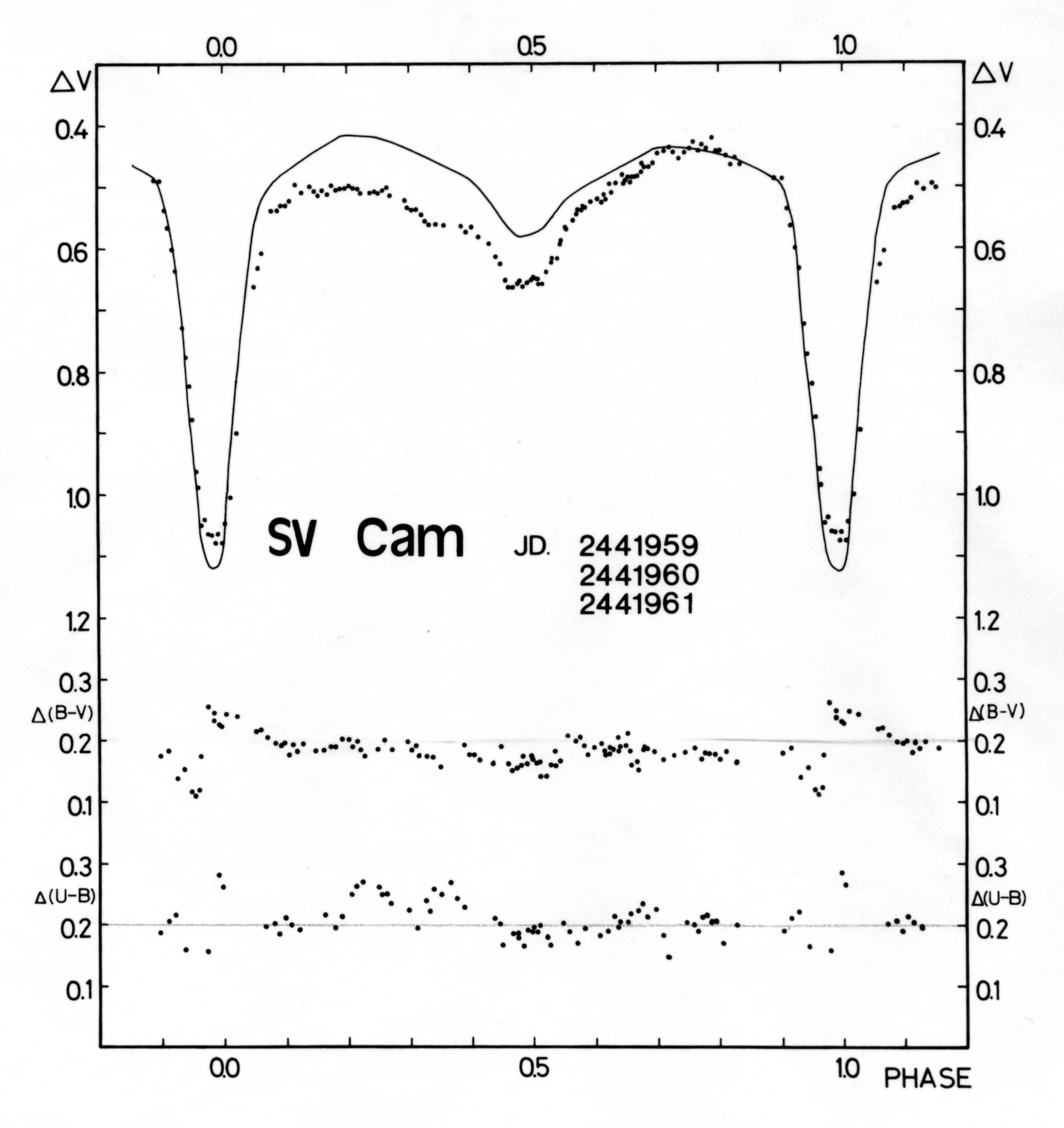
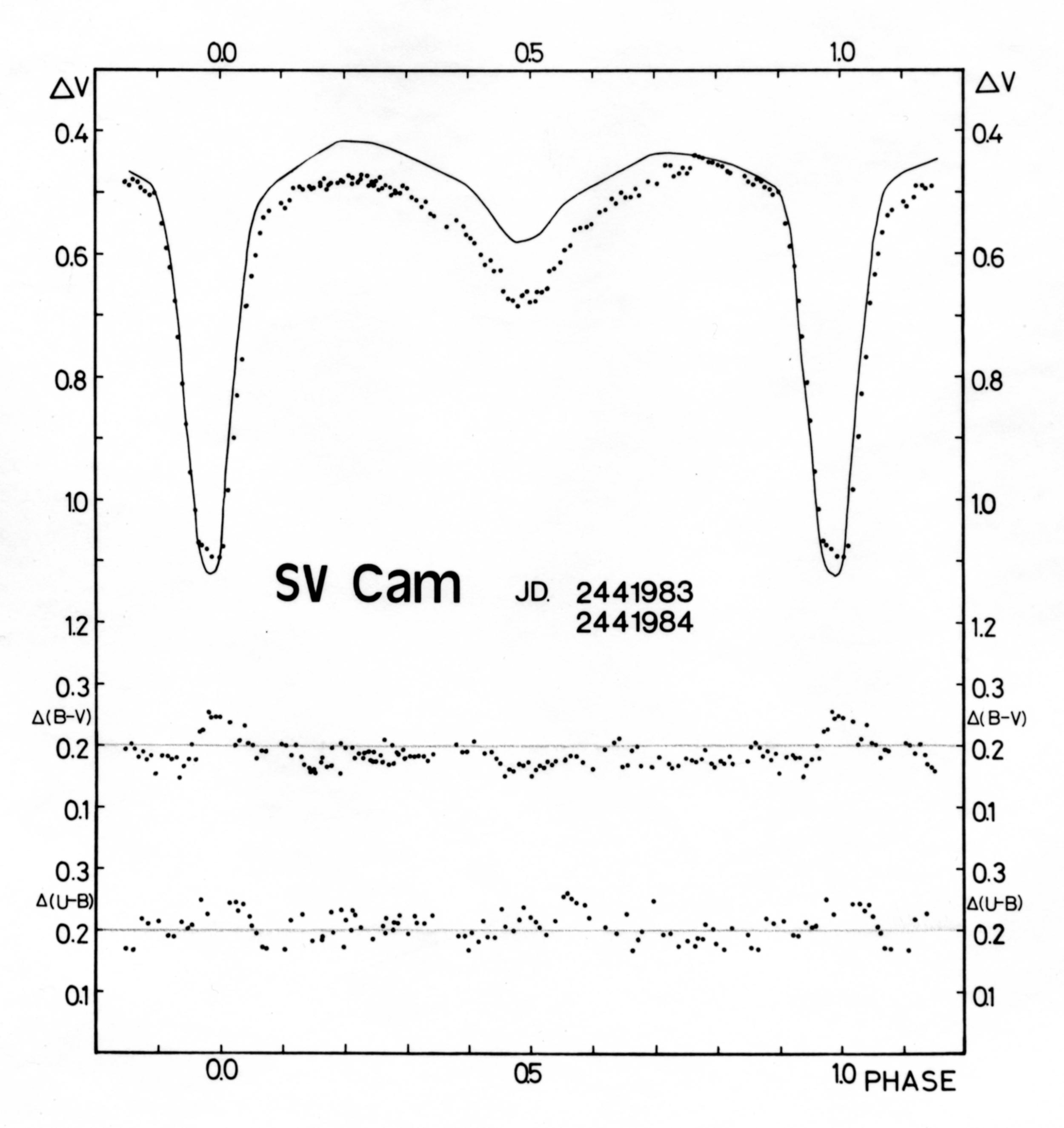
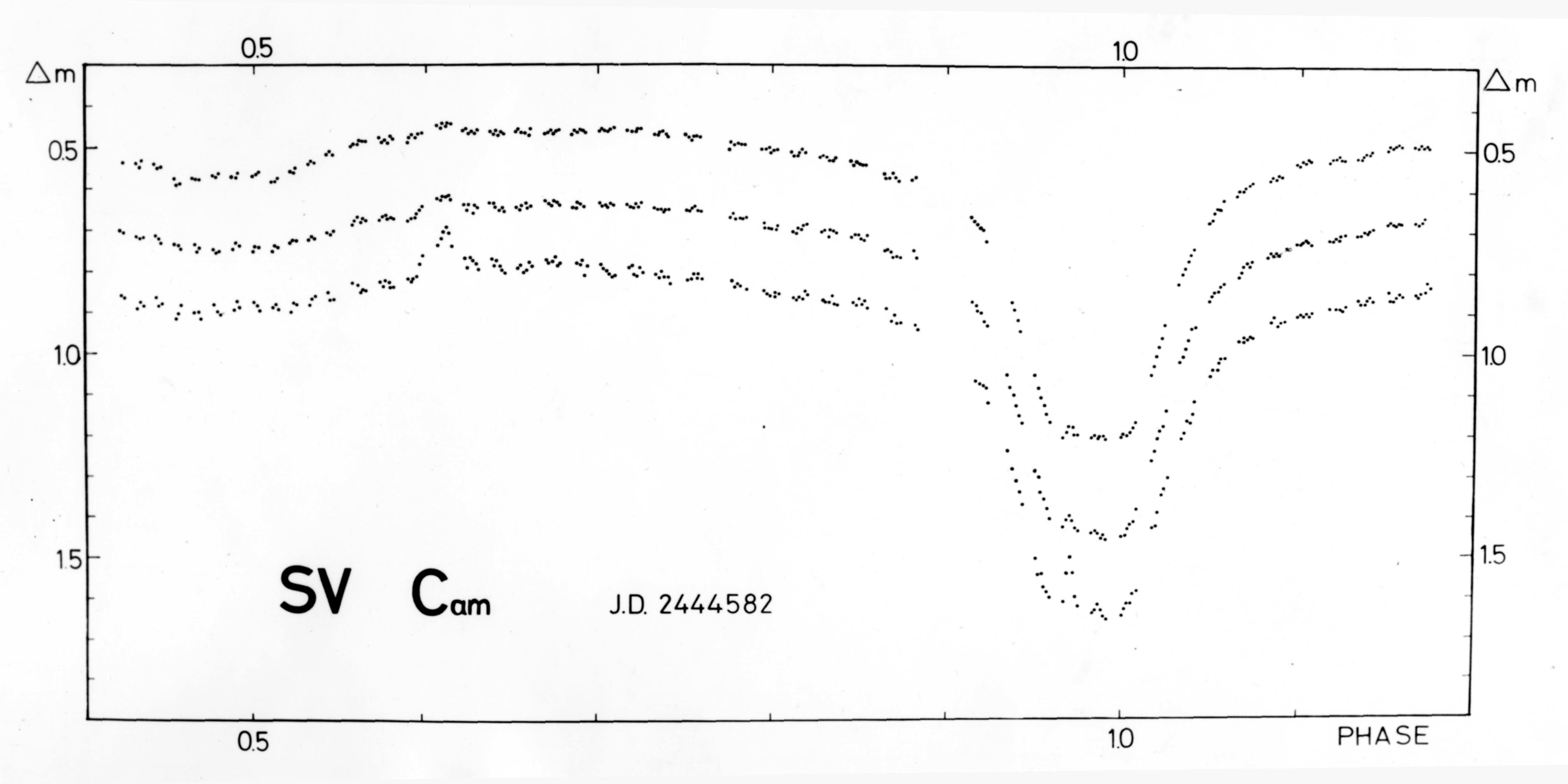
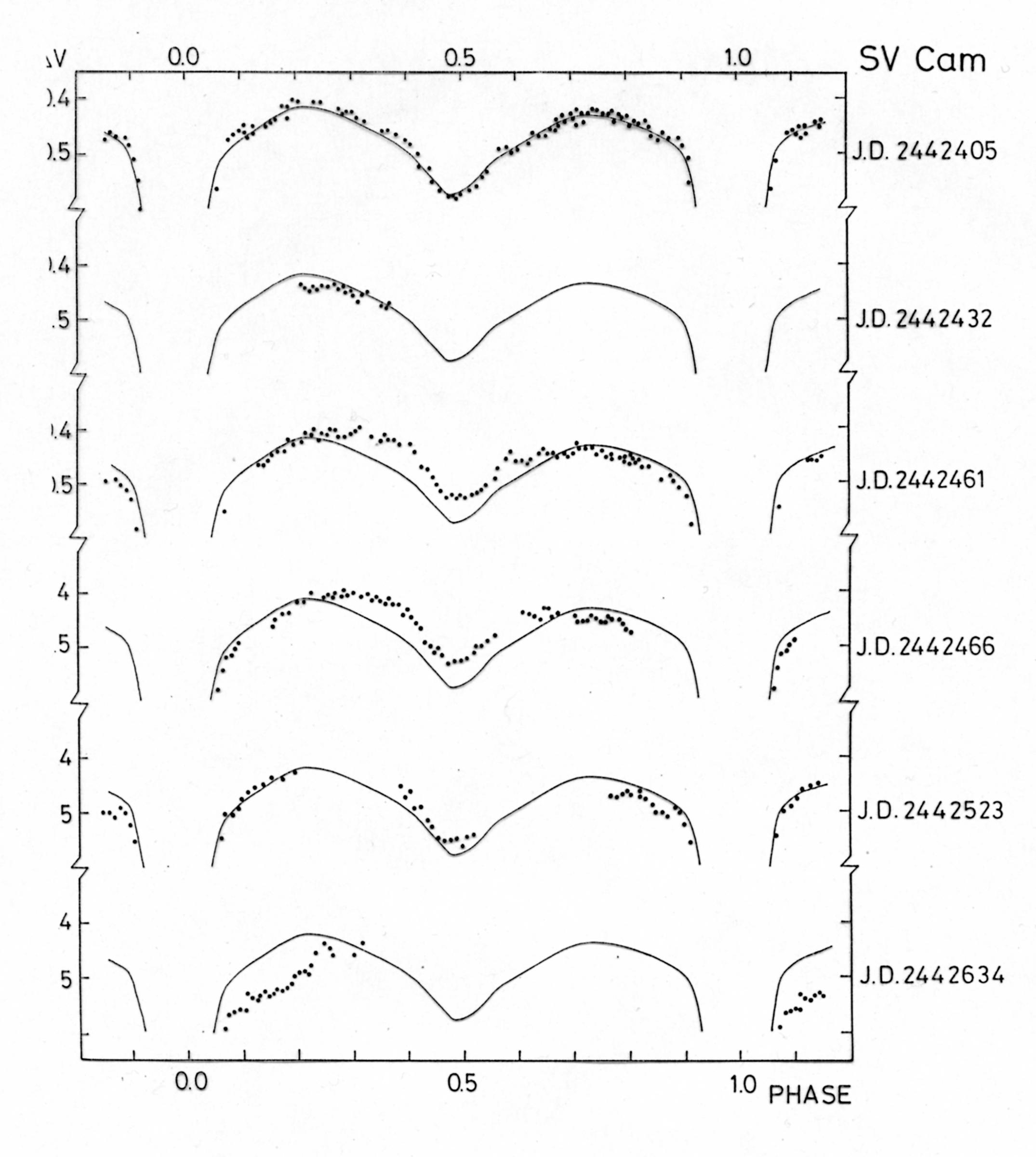
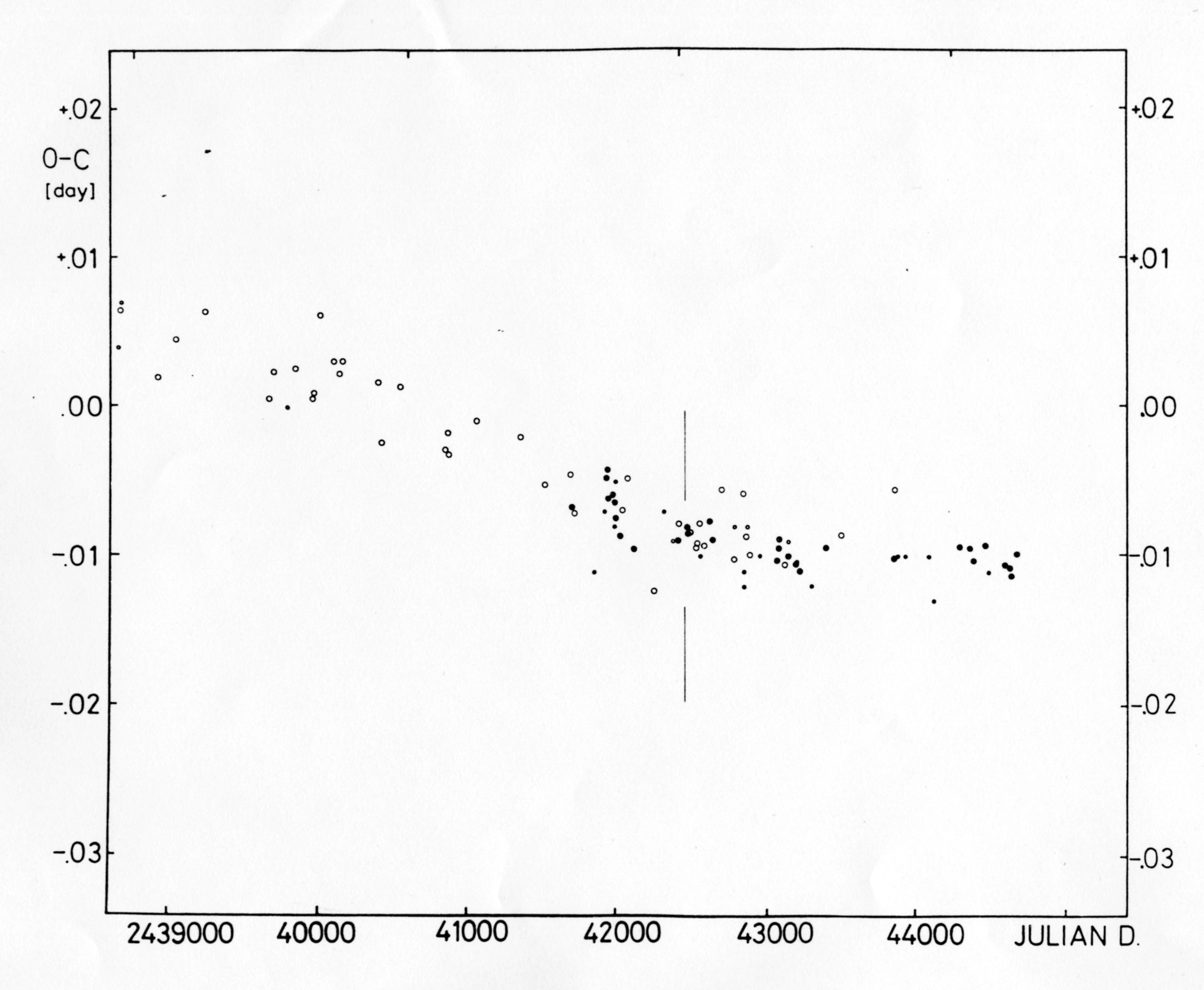
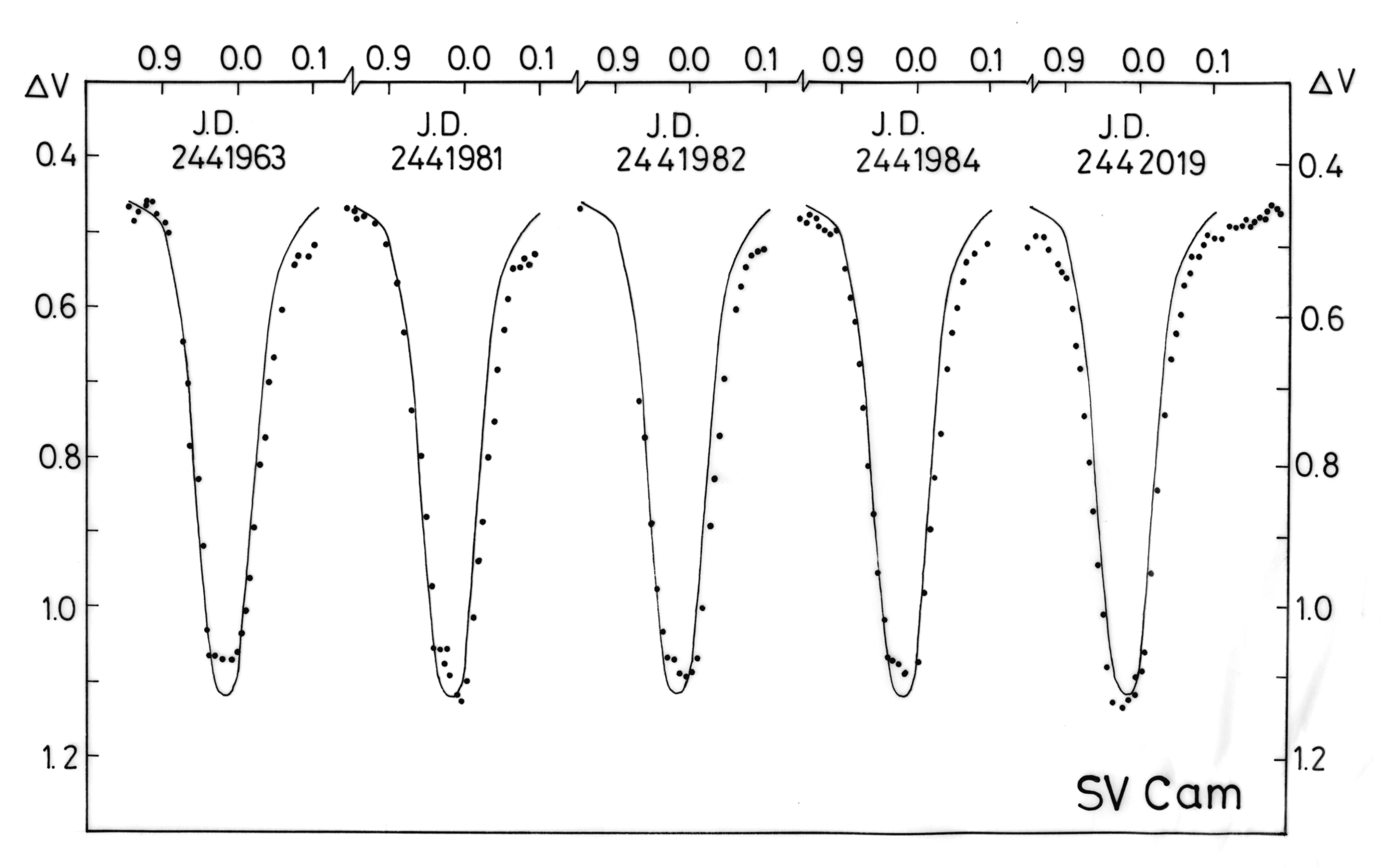
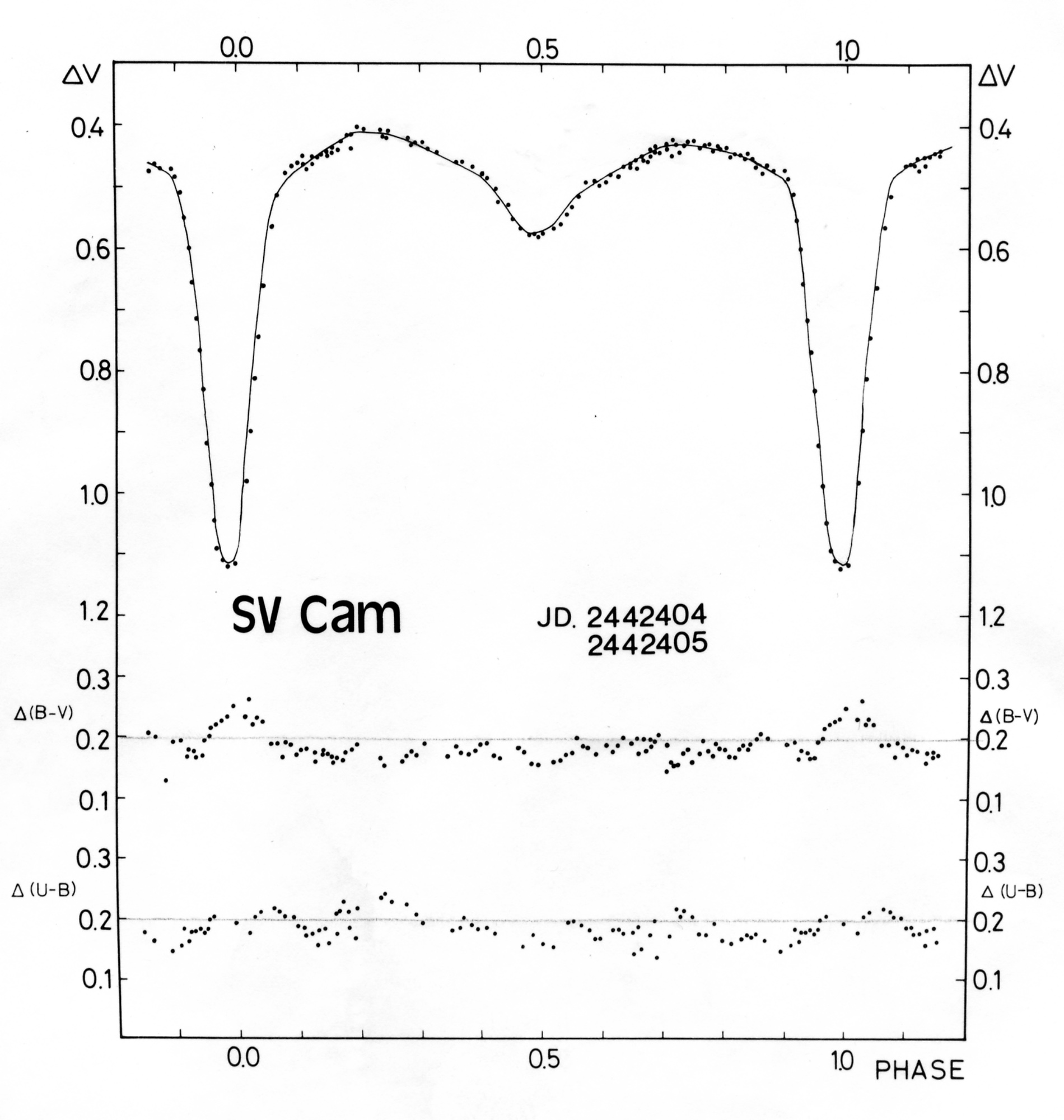
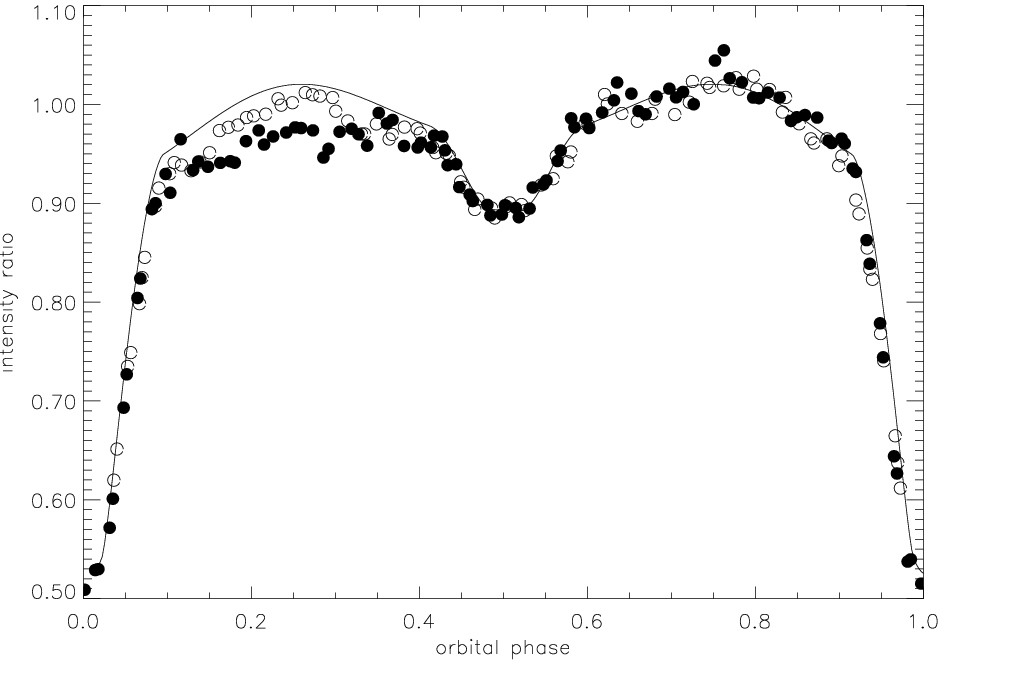
J.D. 2449311. We assumed photospheric spots only on the surface of the primary star, because the possible contribution of spots over the secondary star was too small to account significantly to the light curve changes.
